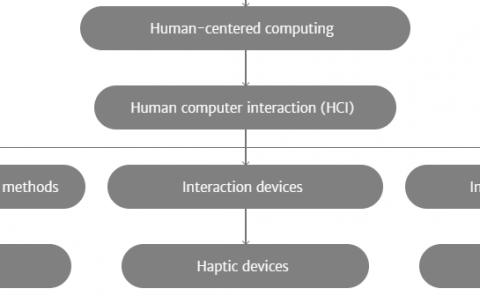Optimized Viewport Dependent Streaming of Stereoscopic Omnidirectional Video
PubDate: June 2018
Teams: Tampere University of Technology,Nokia Technologie
Writers: Deepa Naik;Igor D. D. Curcio;Henri Toukomaa
PDF: Optimized Viewport Dependent Streaming of Stereoscopic Omnidirectional Video

Abstract
Streaming the whole omnidirectional video at high quality is less efficient in terms of bandwidth requirements and decoding complexity, since only a small part of the 360-degree horizontal field of view can be seen by a user at a given point in time. In Viewport Dependent Streaming (VDS) only the current user viewport is streamed at high quality, while the remaining parts are streamed at lower quality. This technology may save streaming bandwidth considerably, especially when it is associated to other techniques. Among the others, asymmetric stereoscopic video, has been studied in the past for traditional video and displays. We focused our research on the usage of asymmetric stereoscopic video for omnidirectional streams watched with a Head Mounted Display (HMD) in VDS. We conducted two subjective quality experiments with the main goal of reducing the streaming bandwidth, while keeping the subjective video quality at the highest level. We assessed asymmetric video applied separately to the foreground and background views of omnidirectional VDS sessions. We show that for VDS, applying asymmetric stereoscopic streaming delivery on the foreground view can save up to 41% bit rate, and using the same technique on the background view can save approximately up to 15% bit rate. Furthermore, eye dominance was seen not to be relevant in our experiments.

